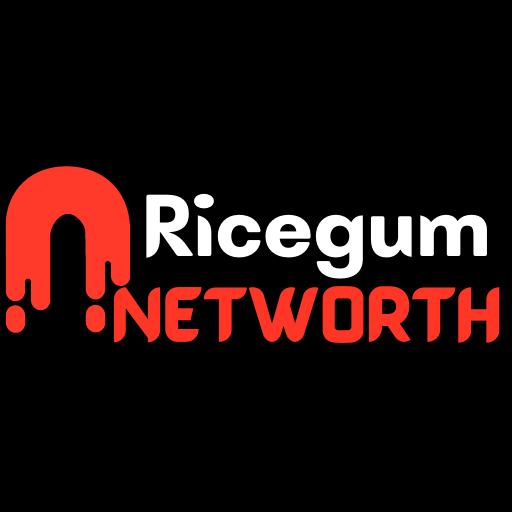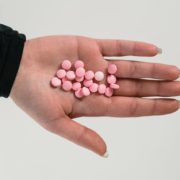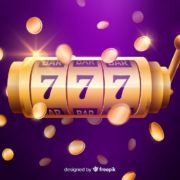I don’t know what the answer is to that one. It’s too soon to really know for sure. But at the very least, the Federal Reserve will probably increase interest rates to combat this growing problem.
The Fed will go on to pull out a big chunk of the reserve, a large chunk of it already. This amount of money can be used to bail out the Fed until inflation gets low enough to stop the Fed making a decision to pull out its big chunk of the reserve.
At some point inflation will probably get to be too high. This will likely trigger the Fed to pull out the entire reserve. The Fed will then be able to make an official statement that it has pulled out the entire reserve. After that, the Fed will probably continue to increase interest rates until the economy is no longer in an inflationary state.
If inflation ends up getting too low, the Fed will probably pull out their own bailout. It would be a good time to do it if the Fed’s real target is to keep the economy from falling into a depression.
This should be a time of great joy for the Fed and the economy. Since that’s when the Federal Reserve will begin to raise interest rates, the Fed will no longer be able to print money. Instead, they will be responsible for keeping interest rates low. They will also be responsible for keeping the economy from falling into a depression, since when they pull out the reserves they can only keep interest rates low for an amount of time.
The federal reserve is a big part of the Federal Reserve System, the Federal Reserve Act of 1913 makes sure that the Federal Reserve can create and print money. The Federal Reserve System has been around for a long time, but this is the first time the Fed has been forced to take action.
The Fed is the central bank of the U.S., it is supposed to make sure that the interest rate that banks pay for loans and bond debt don’t go up too much. It’s the “central bank” because it’s so important that the Fed is involved. The Federal Reserve Act also gives the Fed the power to issue money and to print money. The Fed can also buy and sell other people’s debt on the open market. It has a big role here too.
If inflation becomes too big it would be hard to stop. It would be like the bank on the street whose deposits were getting smaller and smaller but the bank had no other choice but to start making deposits. Or the bank that had to take out a loan to make its deposits grow.
If inflation becomes too large, then you could be at the mercy of the Fed. If the Fed had too much money, the US Treasury could print more. Or the Fed could just print more money to keep its balance sheet in check so the US Treasury can’t print more money.
In the end, the Fed can only print more and more money and we are still at war with a financial system where the Federal Reserve can’t print a lot of money. The Fed has plenty of money, so it has to print more and more. But that means that in the short term it will be printing money and spending it in the short term too. That is bad for us because we might have to start paying higher interest rates on our debt.





Comments